If you’re having more headaches than usual, it might be related to your daily screen time and an increased exposure to blue light (the kind of light emanating from smartphones, TVs and other devices). In lockdown, your screen time has probably increased. In fact, a recent study from Optometry Today demonstrates as much.
For people looking to counteract any negative effects of prolonged blue light exposure, blue light lenses are often touted as the best solution. But do blue light glasses work as they should? They’re a relatively new technology, so should you invest?
This article will look at the technology behind how blue light glasses cure headaches. Blue light sensitivity is an increasingly common issue for a lot of people, but can blue light glasses work to combat the negative effects? Let’s find out.
Can blue light cause headaches and other ailments?
First things first, let’s get to the bottom of blue light-induced symptoms. Do you often have a dull ache in your eyes that is perhaps even focused on your temples? Throbbing temples and tired eyes are just two signs of ‘digital eye strain’. This term is used to describe a group of symptoms relating to excessive screen time, prolonged eye strain and exposure to blue light.
Do you have the following symptoms?
- Insomnia/sleep issues. If you often find yourself checking emails at bedtime, you could be significantly harming the quality of your sleep. Between general sleeplessness and full-blown insomnia, prolonged blue light exposure disrupts our circadian rhythms. It actually works by tricking our brain into thinking it’s daytime when in fact you’re tucked up in bed.
- Headaches and migraines. The most common symptom of digital eye strain caused by blue light sensitivity. Various research has suggested that there is a specific neural pathway from the eyes to the brain which is not to do with how vision is transmitted. Ultimately, the research has led scientists to believe that blue light wavelengths have too much energy for our eyes to deal with. We look at all this in greater detail in our ‘What is blue light’ blog, so take a look!
- Fatigue. Directly related to the potential sleep problems, fatigue is a common symptom of problems caused by blue light sensitivity.
- Inability to focus. Everyone has difficulty concentrating with a raging headache, so it’s the same for the kinds of headaches caused by blue light.
- Dry eyes. Prolonged screen exposure causes eye strain which then causes an imbalance in your eyes. If you have astigmatism, this makes it significantly worse as one eye will work harder than the other. All this means you’ll blink less frequently and produce less moisture.
- Blurred vision. As mentioned above, blue light wavelengths are too strong for our eyes to handle. Prolonged exposure can cause blurred vision as we’re not able to block it out.
So, do blue light glasses work?
Blue light glasses are designed to filter the blue light rays to prevent them entering your eyes. You can read more about how blue light lenses work here. We’re now going to look at their effectiveness and just how good blue light lenses are at reducing headaches and other symptoms.
As blue light lens technology is relatively new, there is little scientific research that proves whether or not blue light glasses work. That said, the design and innovation of the technology speaks volumes.
A perhaps better way to address the effectiveness of blue light glasses is to look at the technology of the glasses and how they work. It is mainly through something called ‘micro-layer technology’.
Micro-layer technology to reflect harmful wavelengths
Blue light lenses are designed with micro-layer innovation built-in. This means that each lens is made up of hundreds of miniscule micro-layers. These micro-layers change the way that light is transmitted or reflected, effectively absorbing or reflecting wavelengths. Wavelengths of a certain group are targeted, and it’s usually those between 380 to 450 nanometers as these are thought to be the most harmful.
Here’s what @ellena_fit had to say about her blue light lenses
If you’re often working on a computer all day like women’s online coach and fitness trainer Ellie Hoad, a pair of Arlo Wolf blue light lenses might just be what you need. We spoke to the online fitness guru to see just how her pair of blue light lenses have helped her.
AW: What made you decide to give blue light glasses a try?
Ellie: My job is very desk based and I was starting to get headaches/not sleep as well as I used to. Especially when looking at my computer all day!
AW: How many hours do you usually spend in front of a digital, blue-light-emitting device each day? (e.g. laptop, phone, TV)
Ellie: 8 hours probably! I try to take regular breaks but it does all add up, especially when you add the TV and phones etc.
AW: Did you notice a reduction in headaches after switching to our blue light lenses?
Ellie: Yes! My eyes feel much less fatigued.
AW: 5. What’s your favourite thing about your new Arlo Wolf frames?
Ellie: I love how they fit and how good they look! I always chose Arlo because they’re super affordable and the customer service is second to none.
Invest in a pair of Digital Media Lenses here
If you have been experiencing any of the symptoms mentioned in this article and you’re conscious of your screen time, you could benefit from a pair of blue light glasses. You can even have your prescription fitted into them!
At Arlo Wolf, our Digital Media Lenses are available for an additional £25 with all optical frames. To order a pair, all you need to do is select the ‘Digital Media Lenses’ upgrade option while you’re browsing our men’s prescription glasses and women’s prescription glasses.
Try our frames on from the comfort of your own home
To help with your decision, we can provide a Try Before You Buy glasses service with which you can try on up to four frames. If you’re even the slightest bit indecisive, give it a go. We also have a face shapes guide which matches your own face shapes with the frames that will suit you best, and a glasses reglazing service should you ever need it.
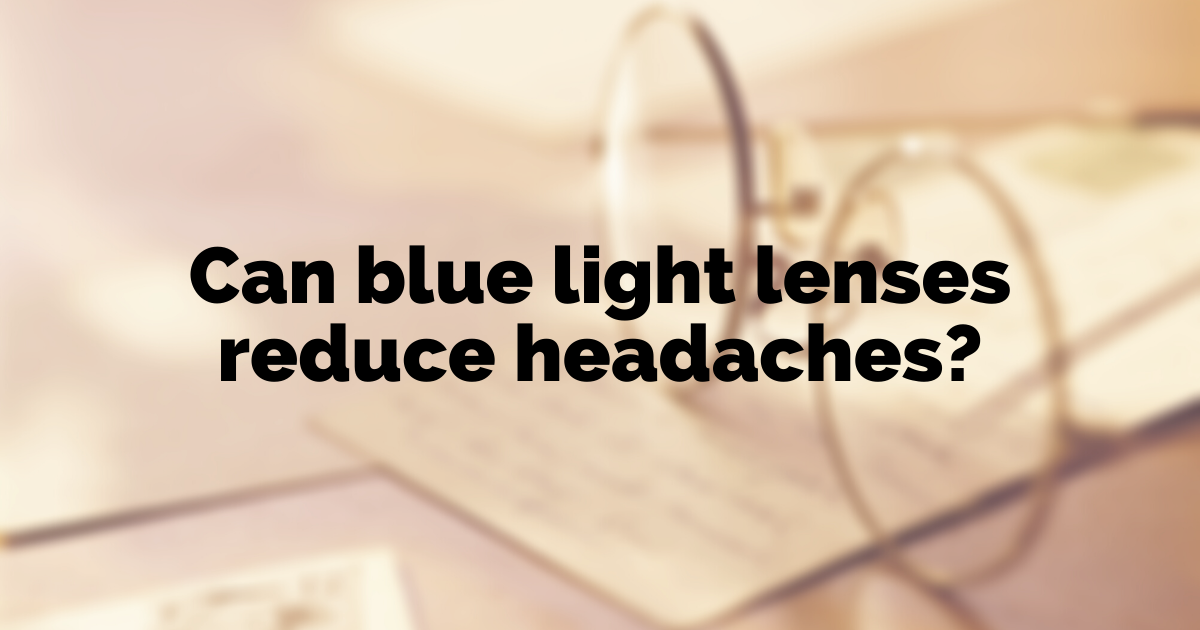
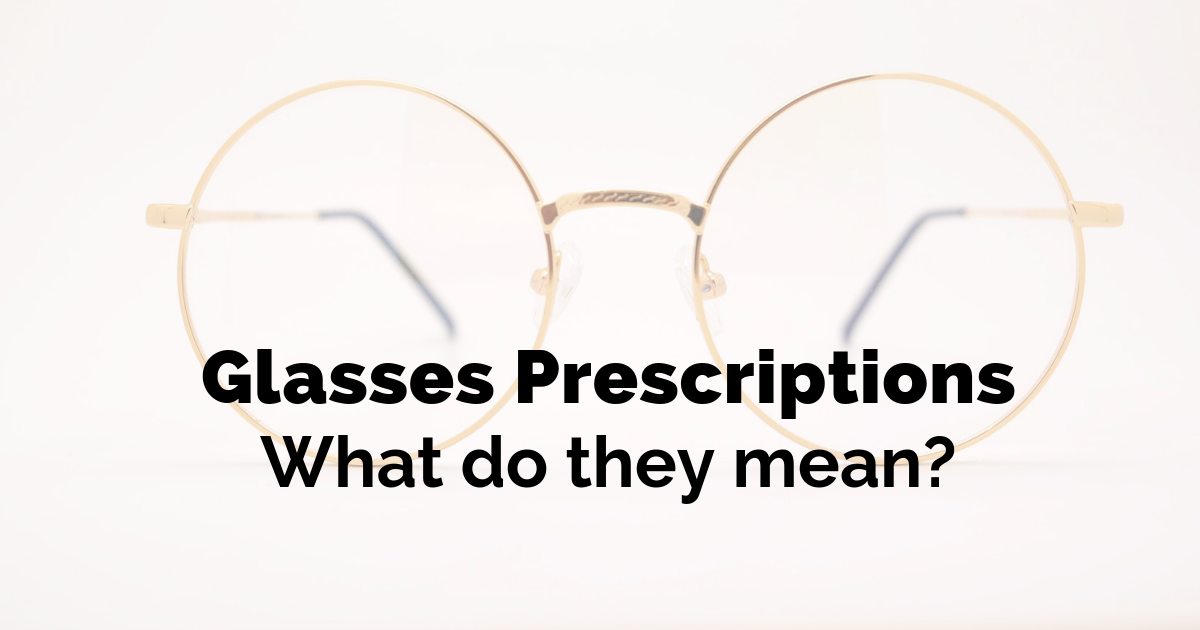 What does my glasses prescription mean?
What does my glasses prescription mean?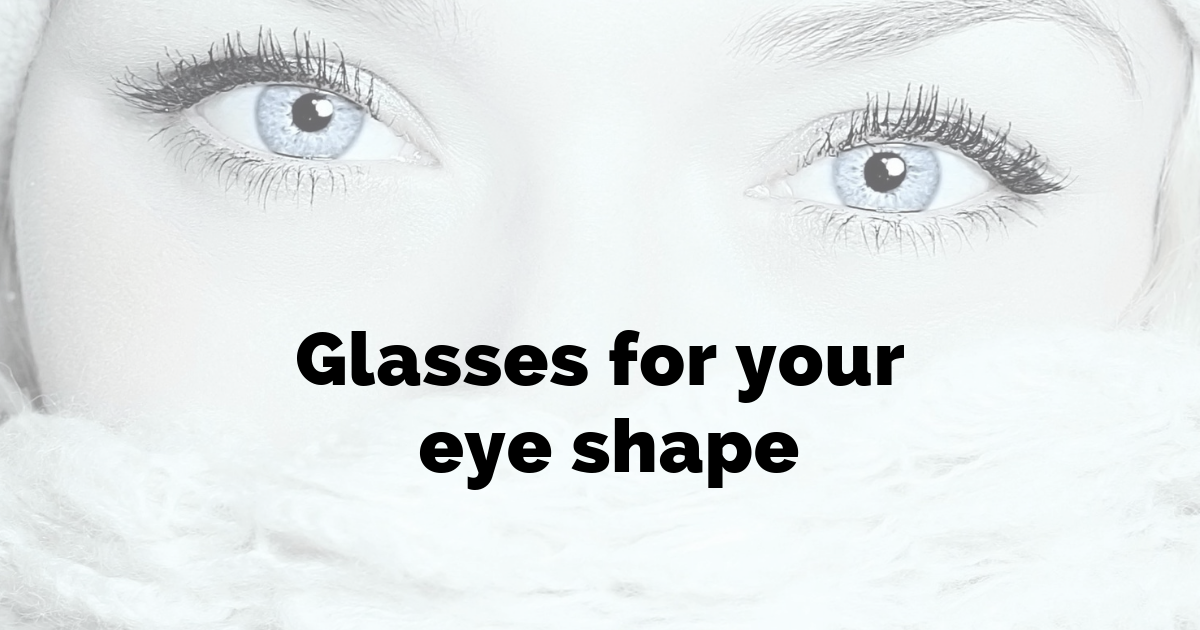 How to choose glasses for your eye shape
How to choose glasses for your eye shape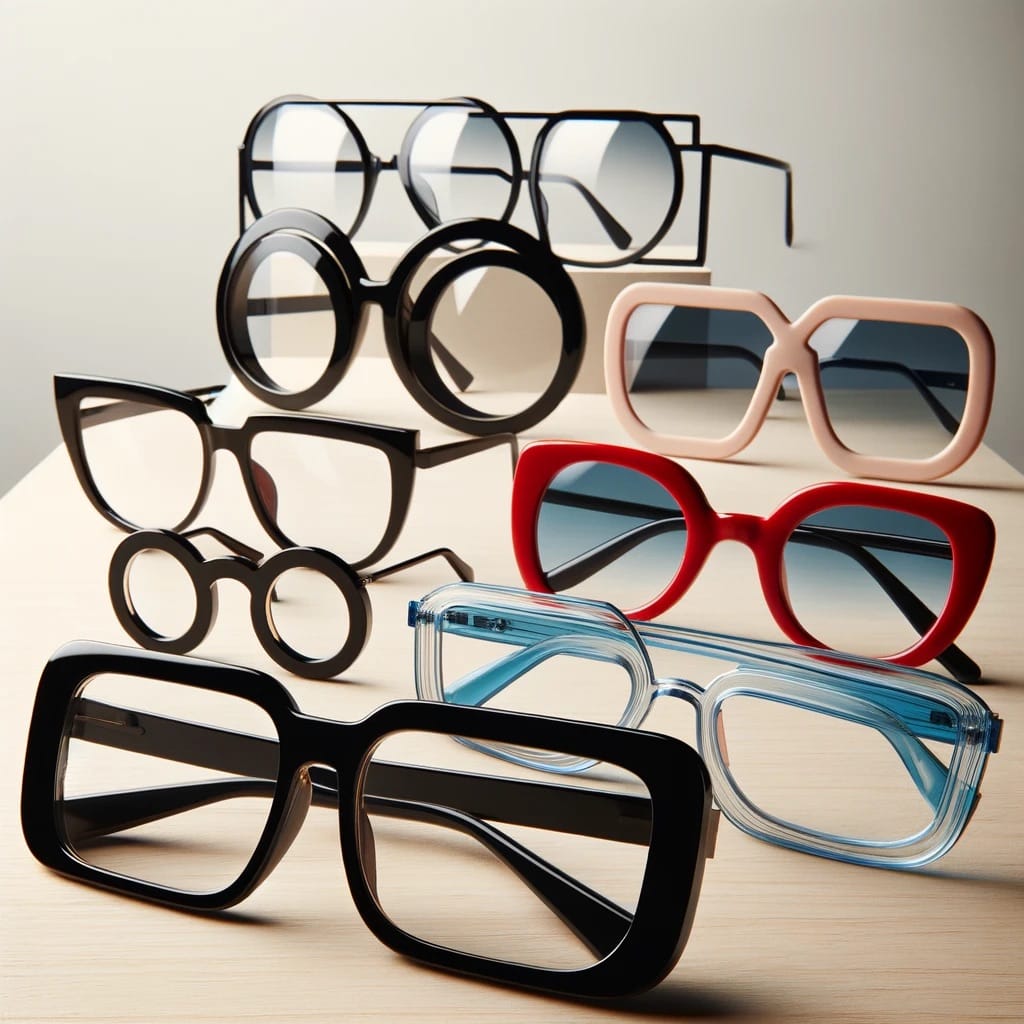 Unveiling the Latest Trends in Women’s Eyewear
Unveiling the Latest Trends in Women’s Eyewear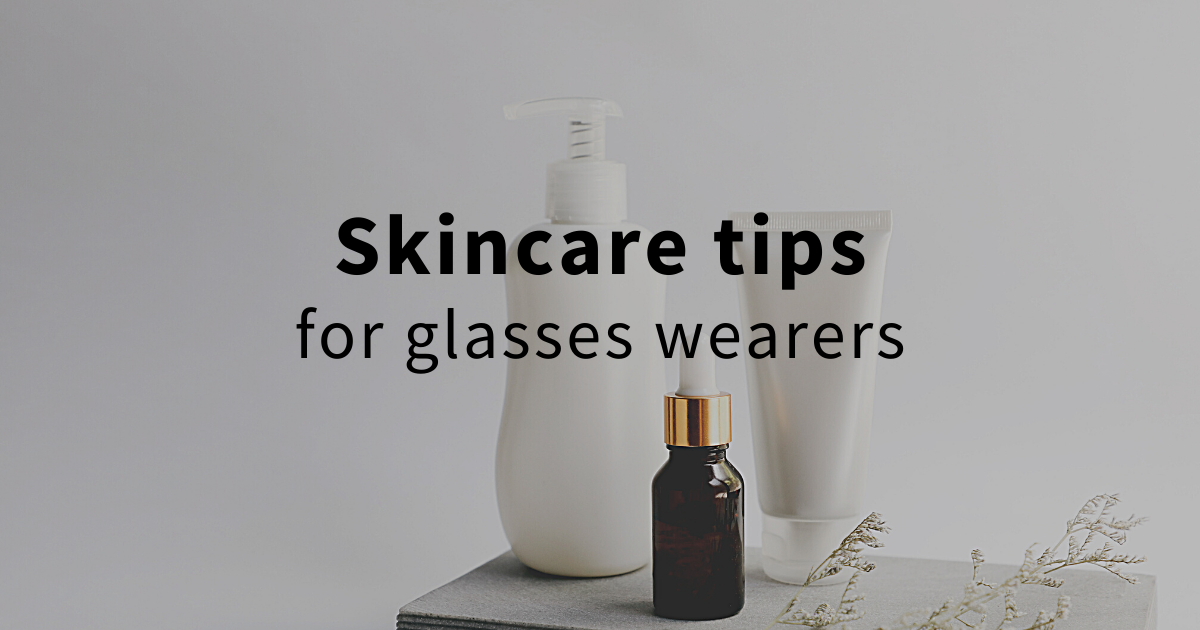 The essential skincare guide for glasses wearers
The essential skincare guide for glasses wearers